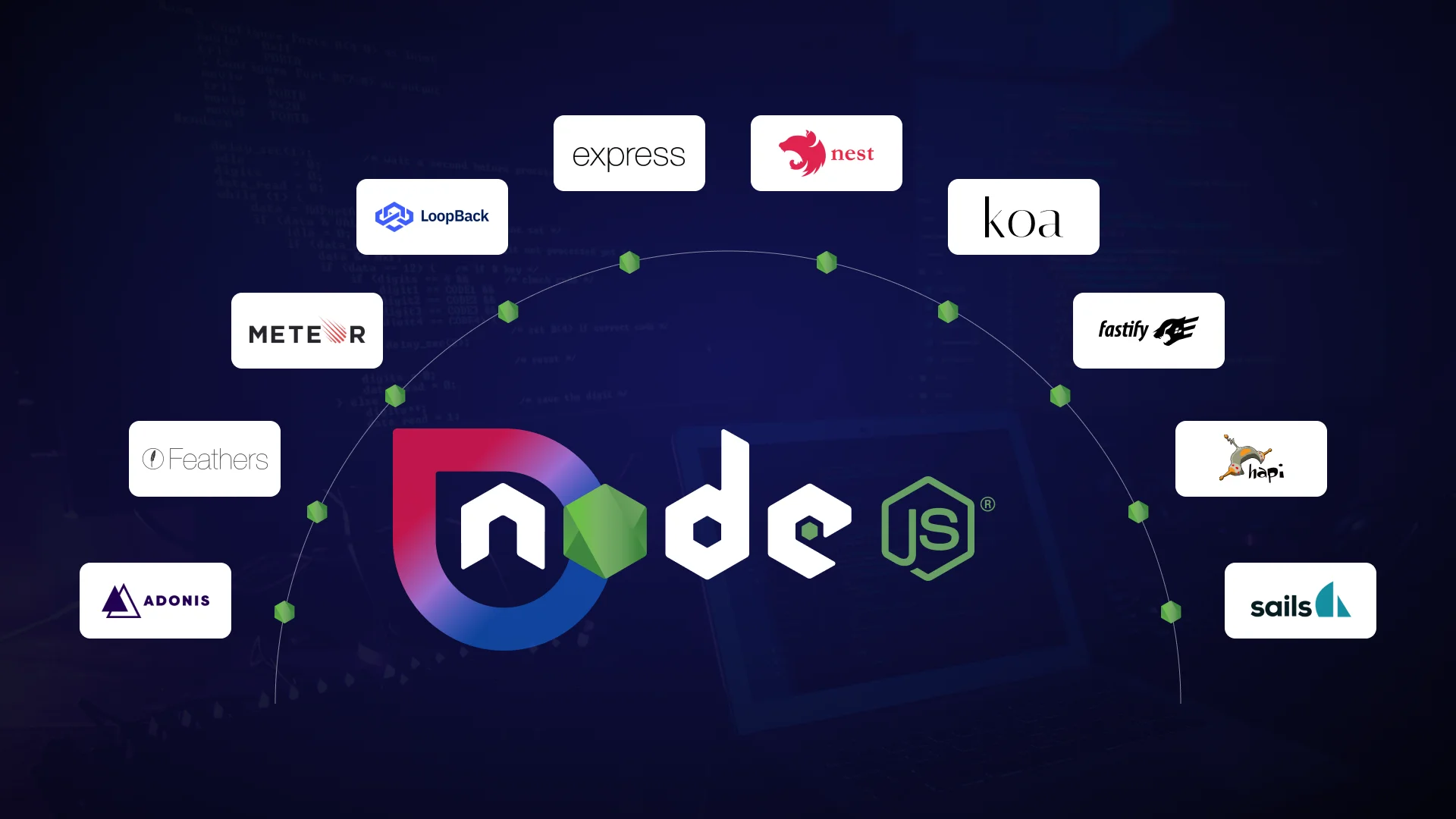Decoding Why GoLang Stands Apart from the Other Languages
- Web
- February 22, 2019
With the insurmountable proliferation in technology, the world is also moving to unearth some of the most ground-breaking discoveries. GoLang, being one such revolutionary discovery, has taken the entire world by storm.
As GoLang marched into our lives, people have discovered several ways to bring advancements and innovation in the field of development. Among legions of other programming languages claiming to fame, GoLang has proven to be the biggest game-changer.
Although it’s true that for a beginner this new-age programming language might seem a tad bit complex and tough to handle, with adequate practices, one will be at ease to deal with GoLang.
There is enough reason to go bonkers over this highly advanced programming language, but prior to demystifying them get acquainted with some basic facts about GoLang. So, without any further ado, let’s dig in this informative excerpt.
GoLang – an Ocean of New Possibilities
Can you believe that the popularity of GoLang has skyrocketed quite exponentially over the past few years? As a cutting-edge and result-driven programming language, its efficacy has caused a stirring ripple all over the globe and most rightly so.
While several other languages like C, Java, etc. have continued to rule over the field of programming, several new models have been introduced that can spell better results for the modern computing, especially in the cloud.
The increasing popularity of Go mainly owes to its lightweight and the fact that it’s suitable for almost every micro-services architecture. Container darling Docker, as well as Google’s Kubernetes, are also built with the usage of Go.
In addition to such incredible popularity, Go is also holding the ground in data science owing to its advantageous features, which the data scientists are looking to utilize to bring in more effective results.
Being a highly advanced programming language, GoLang can facilitate the developers in different ways, which also include native concurrency, garbage collection, and the likes.
While using Go, a developer needs not rely on several other native capabilities to minimize the necessity of writing codes to fix memory leakage, etc. Some of the other features offered by GoLang can fit impeccably with data science and microservices architectures.
Because of these aforementioned perks, Go is increasingly being adopted by legions of budding companies all over the globe. An Application Programming Interface for the Tensorflow has been included, and products such as Pachyderm are being crafted with the use of Go.
There are a string of parts of Cloud Foundry that have been written in GoLang as well. And, the fun fact is that this list is regularly adding different names that have been written with the help of Go.
Read also: Advantages of Using Golang for Your Next Web Application Project
What Makes GoLang Absolutely Irreplaceable?
It was not very long that GoLang had set its journey to bring a dash of improvement and also alleviate some of the long-standing issues of the development industry.
In the quest of providing the millennial developers a unified and seamless experience of development, Go came into being, and with each passing day, it’s carving a niche for itself undoubtedly.
But, is it worth the entire buzz? Is Go truly irreplaceable? Is it capable of staying ahead of the curve? Let’s find out!
Simplicity is the Major USP of GoLang
Simplicity is unbeatable and GoLang has certainly taken it to a whole new level. Many successful programming languages such as Rust, Scala, etc. are rich in different complex features.
Read also: Is Golang Better than Rust? Let’s Find Out
Also, they have spelled amazing results in development by having provided advanced memory management and type systems. These programming languages have certainly taken the mainstream languages of their time such as Java, C#, C++, etc., and boosted their overall capabilities.
Having taken a somewhat different and easier route, GoLang has successfully eliminated a lot of such features, albeit, for all the right reasons. Below are listed some of the features and capabilities that Go has eliminated:
- No Generics
Generics or templates hint at the mainstay of different programming languages. By adding the complex and error messages related to generics, they can often be obscure to understand.
By having decided to skimp on this part, the Go designers have made it easy to work with it. Undoubtedly, it has been a very controversial yet a wise decision taken by the designers.
- Single Executable
There is actually no separate runtime library in GoLang. It is capable of generating a single executable that one can deploy simply by copying.
Thanks to this for eliminating the risk of version mismatches or dependencies. Also, it could be a great boon for container-based development projects.
- No Dynamic Libraries
There has been a slight tweak in 1.8 version of GoLang, as now the developers can load dynamic libraries in it by plug-in packages. But, as this feature was not in GoLang from the get go, it’s still considered as an extension for the special features.
Go Owes its Popularity to Goroutines
From a very pragmatic point of view, Goroutines is deemed as one of the most attractive aspects of GoLang. It can enable the experts to harness the capabilities of multicore machines in a convenient way.
- CSP
The foundation of GoLang’s concurrency model is C. A. R. The prime idea is to delude any kind of synchronization over the shared memory between several threads of execution that is labor-intensive and error-prone.
- Synchronize Goroutines
Another effective way to wait for goroutines is to use sync groups. One can declare a wait group object and subsequently pass it to each goroutine that is responsible for calling its Done() methods when it’s completely done.
- Channels
Channels can allow goroutines to exchange information with ease. One can create a channel and pass it on to a goroutine. The user can not just write to the channel, but also read from it.
Handles Error Seamlessly
The entire concept of error handling is handled differently by GoLang. By convention functions, GoLang will never fail at returning an error as its final return values.
Even though one cannot return errors from a goroutine, he/she can communicate them to the world outside via several other mediums.
It’s indeed a good practice to pass an error channel to a goroutine. The users can also write errors to the database, log files or call remote services while using GoLang.
Finally…
Owing to the exponential proliferation in technology, the concept of software deployment as well as delivery has changed to a great extent. The Microservices architecture has taken a key role in unlocking the application agility.
Most of the new-age apps are designed in a way that they can be native to cloud and also they can take advantage of different cloud services provided by the cloud platforms.
There are several kinds of programming languages, each with its unique set of offerings. But, being an impeccably engineered programming language, GoLang is designed in such a way that it can fit such new requisites. Written for the cloud, GoLang has gained a great deal of popularity mainly due to its construction and mastery of concurrent operations.
Over the past few years, Go has witnessed a staggering hike in its popularity, especially for modern databases. Although the huge part of Go’s skyrocketing popularity is associated with Google’s backing, its unique approach in development has played the main catalyst to add to its worldwide fame.
So, if you are looking for Golang web development company for your business, hire expert Golang developers from us as your one stop software development partner.













